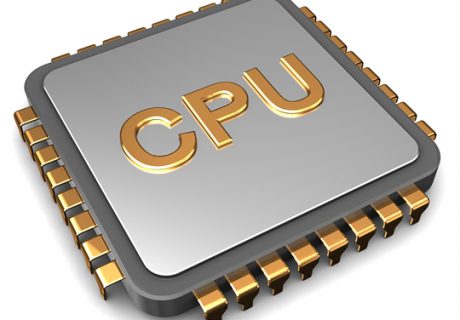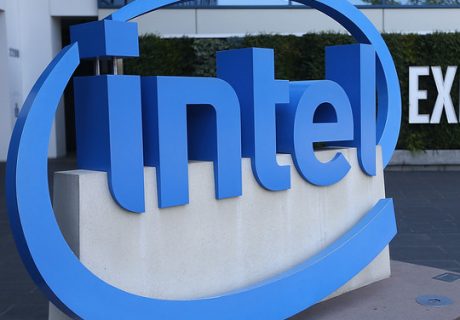The tight supply of Intel’s 14nm processors is set to affect negatively notebook shipments worldwide in the second half of 2018, which will likely drag down further DRAM prices.

The shortage of Intel CPU supply has intensified in recent days. At present, in addition to the general PCs such as notebooks and desktops, the server field has also been affected. Recently, some insiders said that HPE, the world’s second largest server manufacturer, recently recommended that customers replace Intel’s processors with AMD processors, which will be detrimental to OEMs.
According to industry analysis, the profit of server products is higher than that of general PC products. Once HPE and other large manufacturers have limited shipments due to shortage of Intel CPU, they will squeeze the gross profit of the OEMs. AMD is relatively benefiting, especially the server has high demand for heat dissipation, it will also drive shipments of AMD heat sink supplier J.C. Electronic.
Intel’s CPU shortage may also lead to a larger-than-expected fall in PC DRAM prices in the fourth quarter of 2018, TrendForce noted. DRAMeXchange, a division of TrendForce, estimated previously that PC DRAM contract prices would fall by around 2% sequentially in the fourth quarter.
It is understood that HPE has posted an internal announcement in the official website for employees and authorized partners, indicating that due to the serious shortage of Intel’s 14nm Xeon server processor, it is recommended that dealers propose to the user to adopt the AMD EPYC solution. HPE’s action indirectly confirms that the Intel CPU shortage has expanded from notebooks and desktops to higher-end servers. At present, the industry is highly concerned about whether the Dell EMC equivalent industry will also begin to adopt a large number of ultra-microchips.
Related News:
Intel Chip Was Found to Have New Vulnerabilities


















